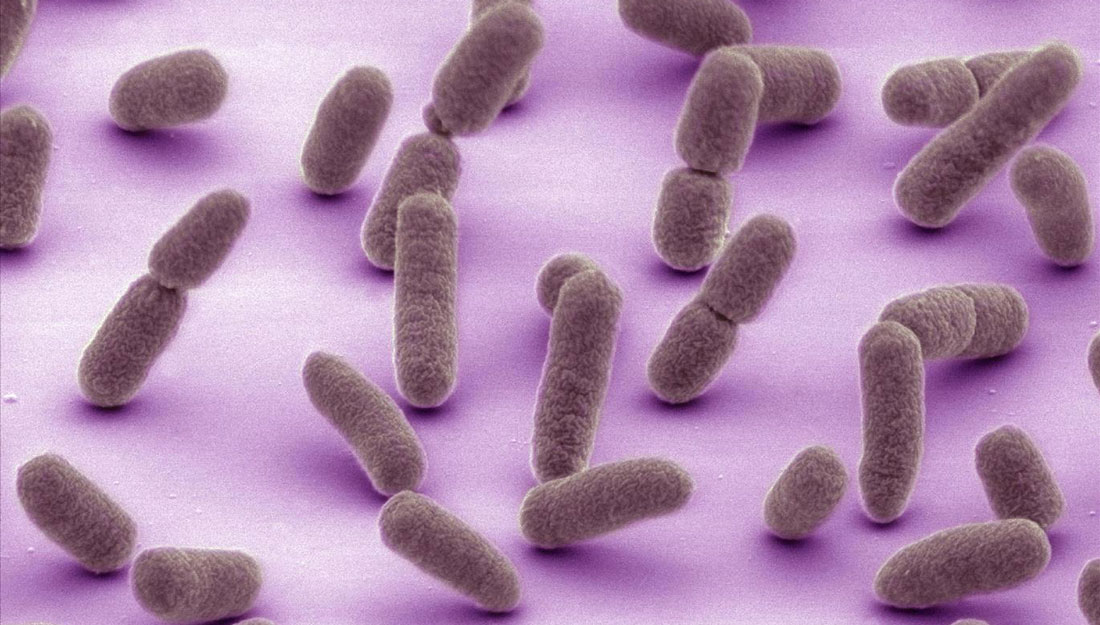- Grady "Sam" Hogue, MD
- Medicine, Point of View, Show on VR homepage
POV: The importance of screening for testicular cancer
When detected early, the survival rate for testicular cancer is extremely high

Texas A&M University Health Science Center
Testicular cancer and prostate cancer are two of the most important health issues that men face. In a two-part series, Grady “Sam” Hogue, MD, FAAFP, interim head in Department of Primary Care and Population Health at the Texas A&M University College of Medicine, discusses the importance of screening for these two diseases. Read the importance of screening for prostate cancer here.
“Do you check the rocks in your bag?” This was a phrase I used in the past to “break the ice” or to initiate a discussion regarding testicular cancer when examining young men.
I once saw a post on Facebook where a male “as a joke” decided to take a urine pregnancy test. The test came out “positive,” which on the surface seemed like it was funny, but it is no laughing matter, as the pregnancy hormone HCG is used as a screening test for testicular cancer. This man had learned that he had testicular cancer.
Testicular cancer is relatively uncommon, with only 5.4 males out of 100,000 being diagnosed. However, testicular cancer is the number one solid tumor cancer in males between the ages of 15 to 34 years old.
The good news is that when detected early, the survival rate is extremely high, which is why screening is so important. The screening recommendations have changed to routinely screen for testicular cancer if men are beginning to have symptoms, such as pain or swelling of the testes or scrotum (the sac that contains them). A painless mass or firmness of the testicle is another reason for further evaluation. A lot of times testicular cancers are found by partners or by the patient when a lump or mass is felt on the testicles.
Most testicular cancers are found at an early stage and many doctors agree that examining a man’s testicles should be part of a routine physical checkup. Some doctors even recommend that after puberty, men conduct self-examinations to check for anything abnormal.
Risk factors for testicular cancer include ethnicity, with whites, Hispanics and American Indian/Alaskan Natives having a higher risk, and a family history of a brother or father with testicular cancer.
Additionally, a history of an undescended testicle increases the risk. Testicles are developed in the fetal abdomen and normally descend into the scrotum through a tunnel called the inguinal canal. If the testicle remains, undescended surgery is recommended. After surgical correction, the risk of developing testicular cancer is decreased, but still remains higher than in the general population.
The treatment for testicular cancer is the removal of the testicle and possibly further recommendations for chemotherapy, based on the specific tumor type.
Testicular cancer can commonly be found at an early stage. It is important that men are aware of the risk factors, are examined by their doctor during a routine physical checkup, do their own self-examination on a monthly basis and seek help immediately if they find anything abnormal in order to reduce their risk.
Media contact: media@tamu.edu


